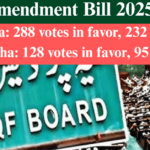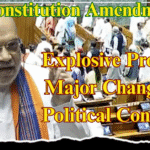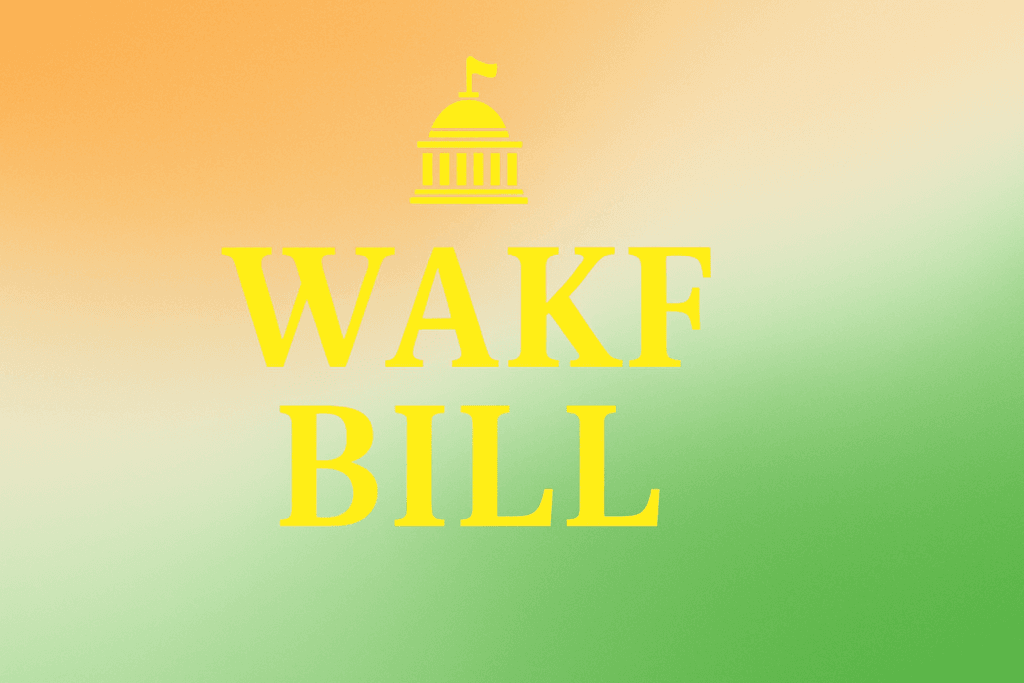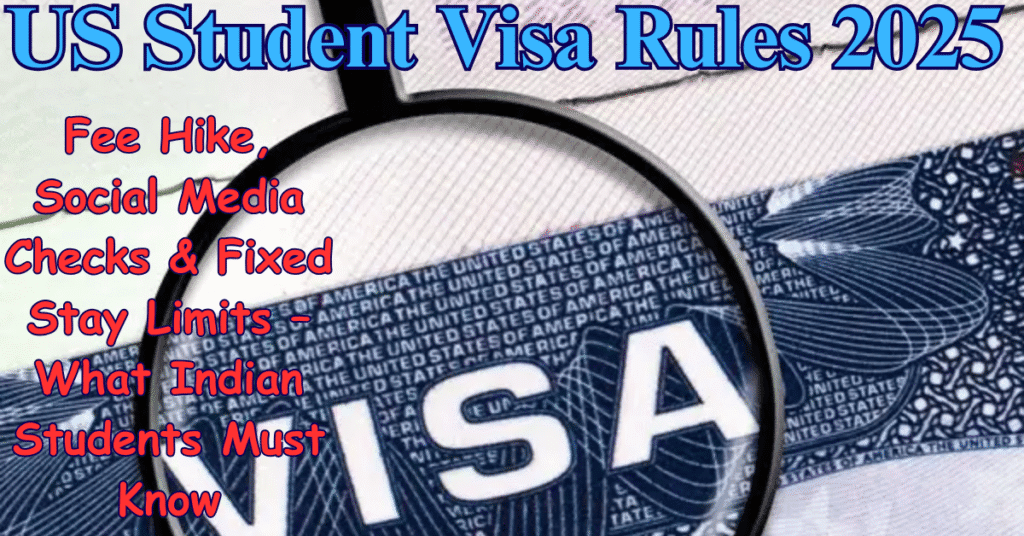
Table of Contents
US Student Visa Rules 2025
US Student Visa Rules 2025 : The United States continues to be one of the top destinations for Indian students seeking world-class education, especially in STEM fields. However, 2025 brings significant policy changes that may make studying in the US more challenging and expensive. With former President Donald Trump lending support to tougher immigration measures through the “One Big Beautiful Bill”, Indian students planning to head west will now face higher costs, social media monitoring, and stricter stay rules.
Here’s a complete breakdown of what’s changing, why it matters, and how students can prepare.
US Student Visa Rules 2025
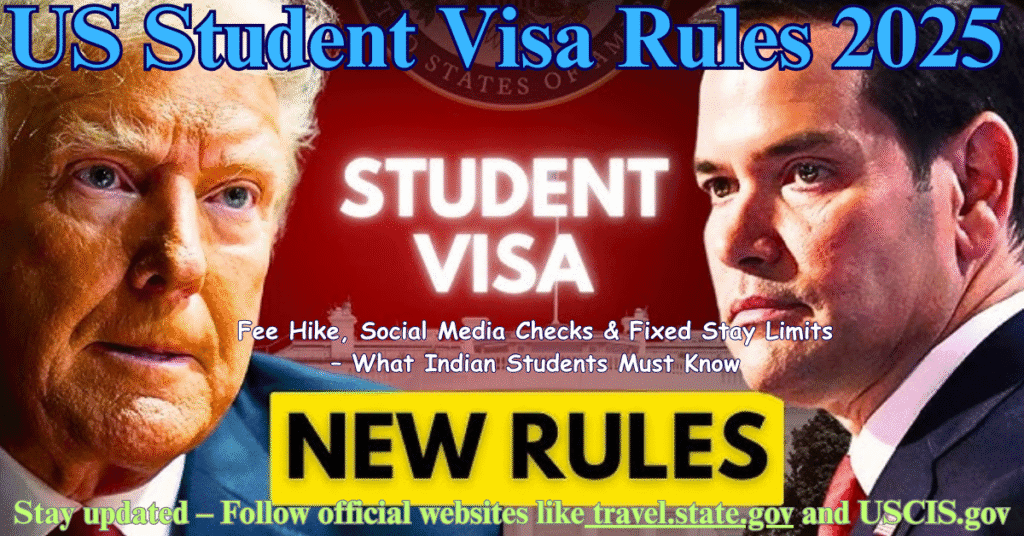
🔺 What Is the “One Big Beautiful Bill”?
Signed into law on July 4, 2025, the One Big Beautiful Bill is a comprehensive immigration reform initiative aimed at tightening border security, reducing visa overstays, and increasing transparency in the visa application process. Though it affects various visa types, students on F, M, and J visas are particularly impacted.
💸 1. Visa Fee Hike: Added Financial Burden for International Students
Two new mandatory fees have been introduced for international students applying to the US:
🔹 Visa Integrity Fee – $250 (Approx. ₹21,463)
This new fee is non-refundable and must be paid by all applicants under:
- F Visa: Academic students
- M Visa: Vocational/business training students
- J Visa: Exchange visitors, including scholars and interns
The objective is to support anti-fraud systems and fund security screenings during visa issuance.
🔹 I-94 Form Fee – $24 (Approx. ₹2,060)
Form I-94 is a vital record that tracks the entry and exit of foreign nationals. Now, a separate compulsory fee is required for processing this form, which was previously covered under other administrative costs.
US Student Visa Rules 2025
🔹 Hidden Costs and Budget Impact
Apart from these new charges, students will still need to pay:
- SEVIS I-901 Fee ($350 for F and M visas, $220 for J visas)
- DS-160 Visa Application Fee ($185)
- Health Insurance (mandatory) – average $1,500–$2,000/year
- University Application and Tuition Fees – often ranging from $10,000 to $60,000 annually
➡ Total upfront cost for Indian students can exceed ₹3–6 lakhs before even arriving in the US.
📲 2. Social Media Scrutiny: Make Your Digital Life Transparent
Since 2019, the US Department of State has required applicants to submit their social media handles. But now, under new policy directions:
“All student visa applicants must make their social media accounts public during the application process.”
US Student Visa Rules 2025
🔍 Why Is This Important?
US authorities are analyzing:
- Travel intent and alignment with visa purpose
- Any content that suggests illegal immigration, violence, drug use, or extremist views
- Associations with politically sensitive or suspicious groups
Common platforms under review:
- X (formerly Twitter)
- TikTok
- YouTube
Even private messages or deleted content could become part of the digital forensic check if flagged later.
US Student Visa Rules 2025
📢 Expert Tip:
Keep your digital presence clean, professional, and positive. Avoid sharing or liking controversial posts before or during the visa process.
US Student Visa Rules 2025
🕒 3. Fixed Stay Limits Proposed: No More Open-Ended Study Duration
Currently, student visas are issued under “Duration of Status” (D/S) – meaning students can stay in the US as long as they maintain full-time enrollment.
However, the Department of Homeland Security (DHS) has now proposed a fixed time limit model:
⏱ Proposed Rules:
- Visa duration may be limited to 2 or 4 years based on:
- Course length
- University type (top-tier vs. community college)
- Home country risk profile
After the assigned term, students must apply for an extension, even if their program continues.
🧭 Why the Change?
To prevent long-term visa overstays and abuse of student status for illegal employment or residency.
Expected Timeline for Rollout: Late 2025 or early 2026
📌 4. Practical Impact for Indian Students
🧑🎓 Rising Visa Demand
- India is currently the second-largest sender of international students to the US.
- In 2024, over 268,000 Indian students were enrolled in American universities — the number is expected to rise in 2025.
⚠️ Delays and Backlogs
- US consulates in Delhi, Mumbai, Chennai, Hyderabad, and Kolkata are reporting record-high visa appointment bookings.
- Students should expect longer wait times, especially in peak seasons (May–August).
🧪 5. Trends in Course Preferences and University Policies
Despite the regulatory hurdles, demand for certain courses and institutions remains strong:
📈 High-Demand Fields
- STEM: Science, Technology, Engineering, Mathematics
- AI & Robotics
- Climate Science & Sustainability
- Cybersecurity and Data Analytics
⚠️ Institutions Under Scrutiny
- Applications to community colleges and non-accredited vocational schools are being carefully reviewed for legitimacy and immigration fraud.
✅ Action Plan for Indian Students in 2025
| Step | What You Should Do |
|---|---|
| 1️⃣ | Start early – Begin applications at least 9–12 months before your course |
| 2️⃣ | Organize documents – Academic transcripts, financial proof, SEVIS receipt, and DS-160 confirmation |
| 3️⃣ | Clean up social media – Keep posts public, professional, and positive |
| 4️⃣ | Plan for extra costs – Budget ₹2–4 lakhs more than earlier due to new fees |
| 5️⃣ | Stay updated – Follow official websites like travel.state.gov and USCIS.gov |
| 6️⃣ | Apply to reputable institutions – Prefer accredited universities, especially in STEM fields |
USStudentVisa2025 #IndianStudentsAbroad #F1VisaChanges #StudyInUSA #USVisaPolicy #StudentVisaFeeHike #TrumpVisaReform #SocialMediaCheck #FormI94 #StudyAbroadIndia
🧭 Conclusion : Challenges Ahead, But Not Impossible
While 2025 brings added complexity to studying in the US, it is not a closed door. Indian students with strong academic records, clear intentions, and transparent profiles still stand an excellent chance of securing their dream education.
🌍 Global education is evolving, and so are immigration policies.
Understanding these changes and preparing accordingly can give Indian students a much-needed edge in a competitive global landscape.
